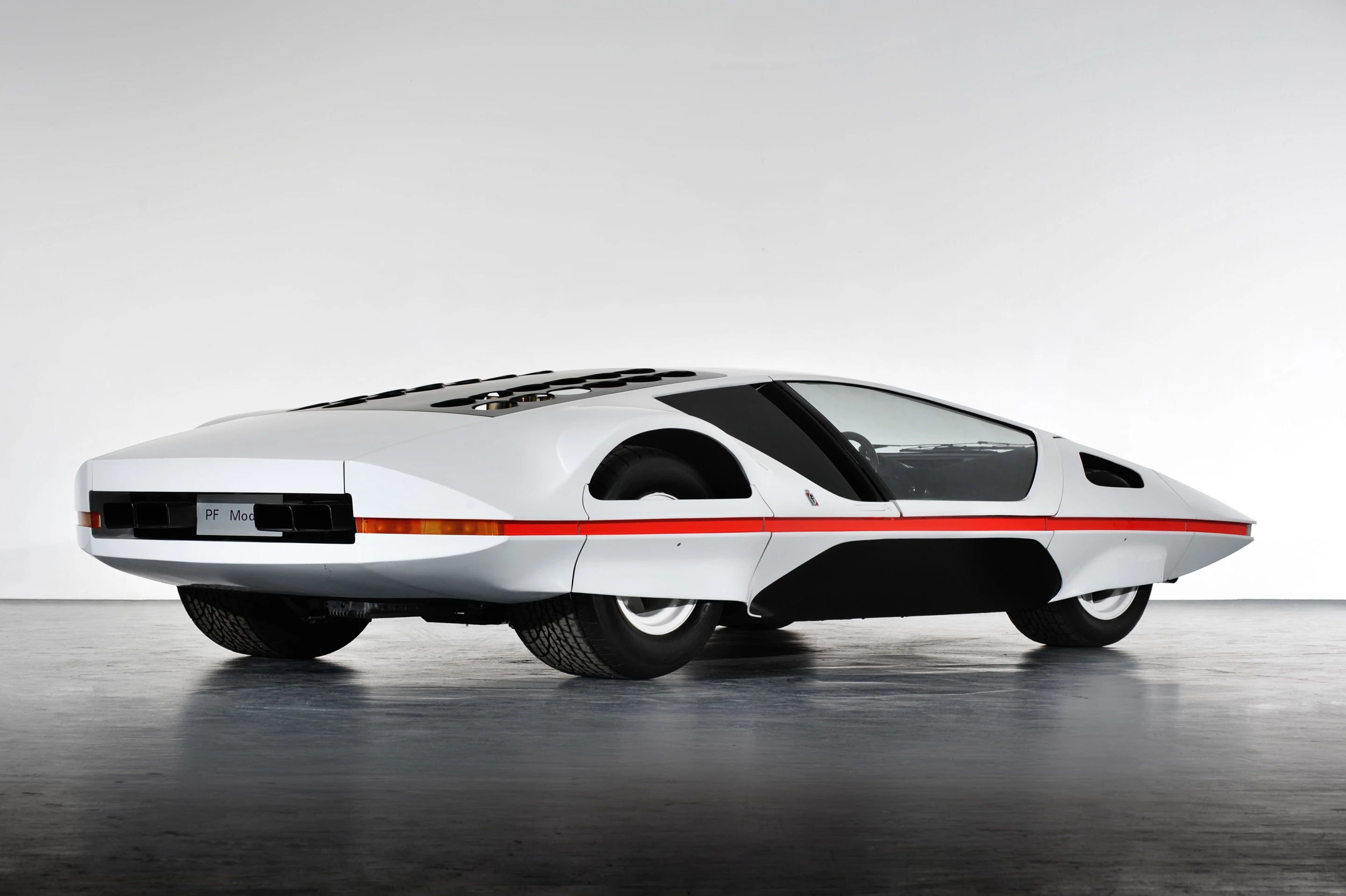In looking to the future many designers look to the past for inspiration. The High Museum of Art in Atlanta is ramming this point home with a fascinating exhibit that will showcase some of the world’s most forward thinking designs from the past.
Opening this month and running until September in Atlanta, the event entitled, Dream Cars: Innovative Design, Visionary Ideas will feature select car concepts from the 1930’s through to the current day. The back-to-the-future collection, containing 17 concept cars from Europe and the US, includes such gems as the curvaceous Norman Timbs Special (1947), the waist-high Pininfarina Modulo Ferrari, the spacecraft-like Chrysler (Ghia) Streamline X Gilda (1955) designed by Giovanni Savonuzzi and Virgil Exner, and perhaps the closest thing to a rocket on wheels you'll ever encounter – GM’s 1953 Firebird I XP-21, by Harley J. Earl and Bob McLean. Any one of these cars is iconic in its own right, so to find this collection in one place is a significant treat.

Concept cars enable designers and manufacturers to investigate new techniques and technologies, as well as providing an avenue to explore future possibilities – something that's to the fore in this exhibition.
Visitors will have the opportunity to get a detailed look at some rare automotive pieces, their conceptual drawings, patents and scale models, and even though the exhibition only represents a small taste of the many concepts that have been penned over the last century, the designs on show definitely stand out from the crowd.
“The concept cars presented in ‘Dream Cars’ demonstrate how design can transcend the present and offer new paths and opportunities for the future,” says Sarah Schleuning, Exhibition Curator. “While these cars were never mass-produced, they shaped the future of the automotive industry by challenging the notion of what is possible, technologically and stylistically.”
The High Museum of Art “Dream Cars” exhibit runs from May 21 through to September 7, 2014. Visit the gallery for the full exhibit line-up and additional information on individual cars.
Source: High Museum of Art, Atlanta



























